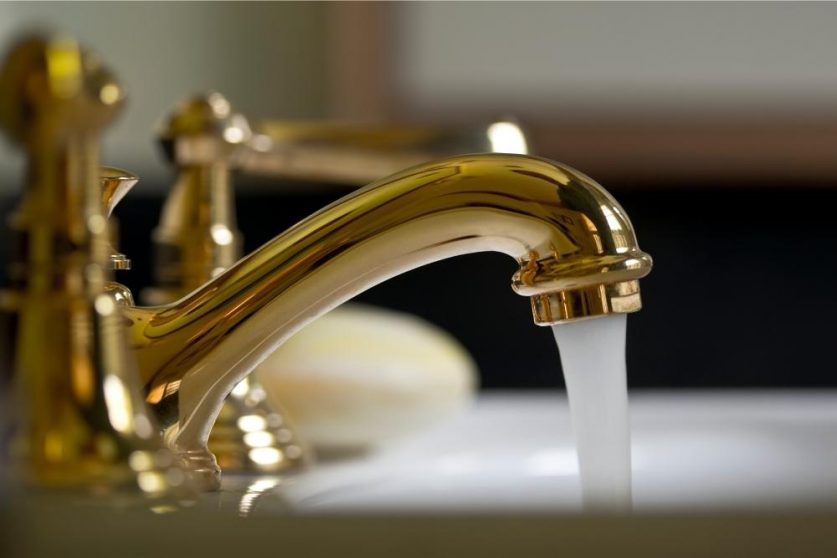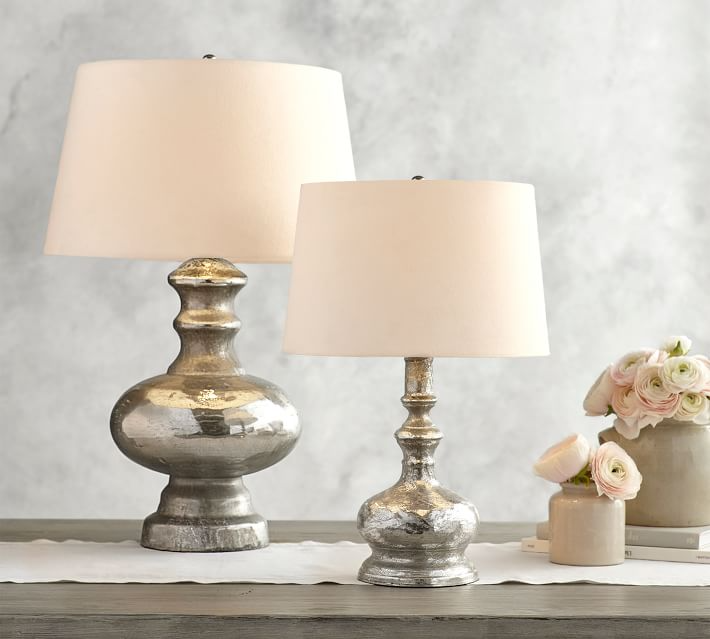The Pros and Cons of Unlacquered Brass Faucets

Brass faucet are popular because they are easy to care for and come in many different styles, shapes, and designs. These faucets can be lacquered or unlacquered (also called brushed). The main difference between the two types of brass faucets is their appearance after they age and tarnish with use. In this article, we’ll discuss the pros and cons of each type of brass faucet as well as how to care for each type.
Advantages
- They're beautiful. The natural color of unlacquered brass is a warm golden hue that can add a touch of luxury to any space.
- They're easy to care for. Unlike lacquered brass, which requires regular polishing, unlacquered brass develops a patina over time that many people find attractive.
- They're durable. With proper care, unlacquered brass faucet can last for decades.
- They're Lead-Free. Unlike some other metals, unlacquered brass does not contain lead, making it a safer choice for your home.
- They're easy to install.
Disadvantages
Unlacquered brass faucet have a tendency to tarnish. You'll need to be prepared to clean them on a regular basis to keep them looking their best. They're also more likely to corrode than other types of faucets, so you'll need to be extra careful about what kinds of cleaners you use on them. If you're not comfortable with the idea of regularly cleaning and maintaining your faucet, then unlacquered brass probably isn't the right choice for you.
If you are going to buy unlacquered brass faucets, here is how…
When it comes to faucets, there are a lot of different materials that you can choose from. One material that you may not have considered is unlacquered brass. Brass is a durable metal that can last for years, but it does require some maintenance. Here are the pros and cons of unlacquered brass faucet to help you decide if they are the right choice for your home.
When should you avoid unlacquered brass faucets?
- If you have hard water, unlacquered brass faucet can become discolored and stained.
- If you live in an area with high humidity, unlacquered brass faucet can develop a patina more quickly.
- Unlacquered brass faucets require more maintenance than other finishes, such as lacquered brass or stainless steel.
- You'll need to clean unlacquered brass faucet regularly with a soft cloth and soapy water to prevent dirt and grime build-up.
- Once the patina develops, it can be difficult to remove without damaging the finish.




